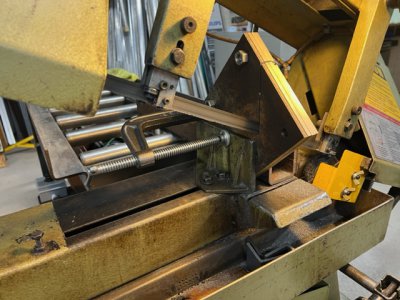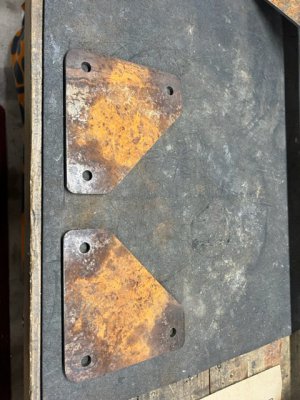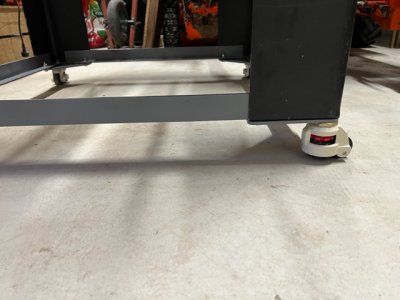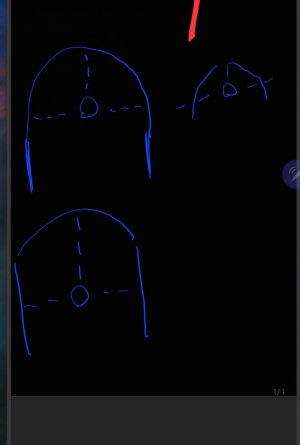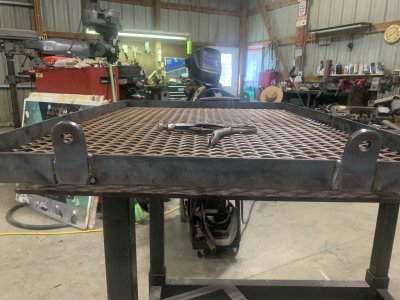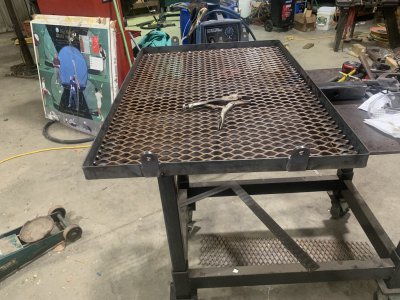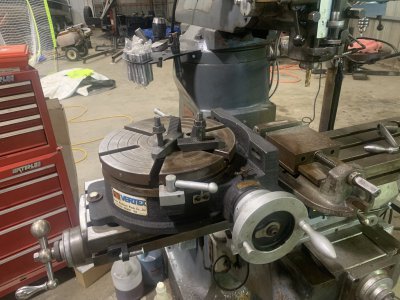- Joined
- Oct 11, 2016
- Messages
- 4,014
@D.sebens your work looks small enough to do on the mill without a rotary table. put them all together, insert a 1/2" pin through the centre, and put it in the milling chuck with the centre pin on top of the jaws. It helps to tack them together with a welder first, to make the milling easier.
Make successuve cuts across the work, rotating the work in the vise and reclamping. I can cut this 1.5" radius in soft steel 1" deep in about 10 minutes this way. No setup time.
Make successuve cuts across the work, rotating the work in the vise and reclamping. I can cut this 1.5" radius in soft steel 1" deep in about 10 minutes this way. No setup time.

